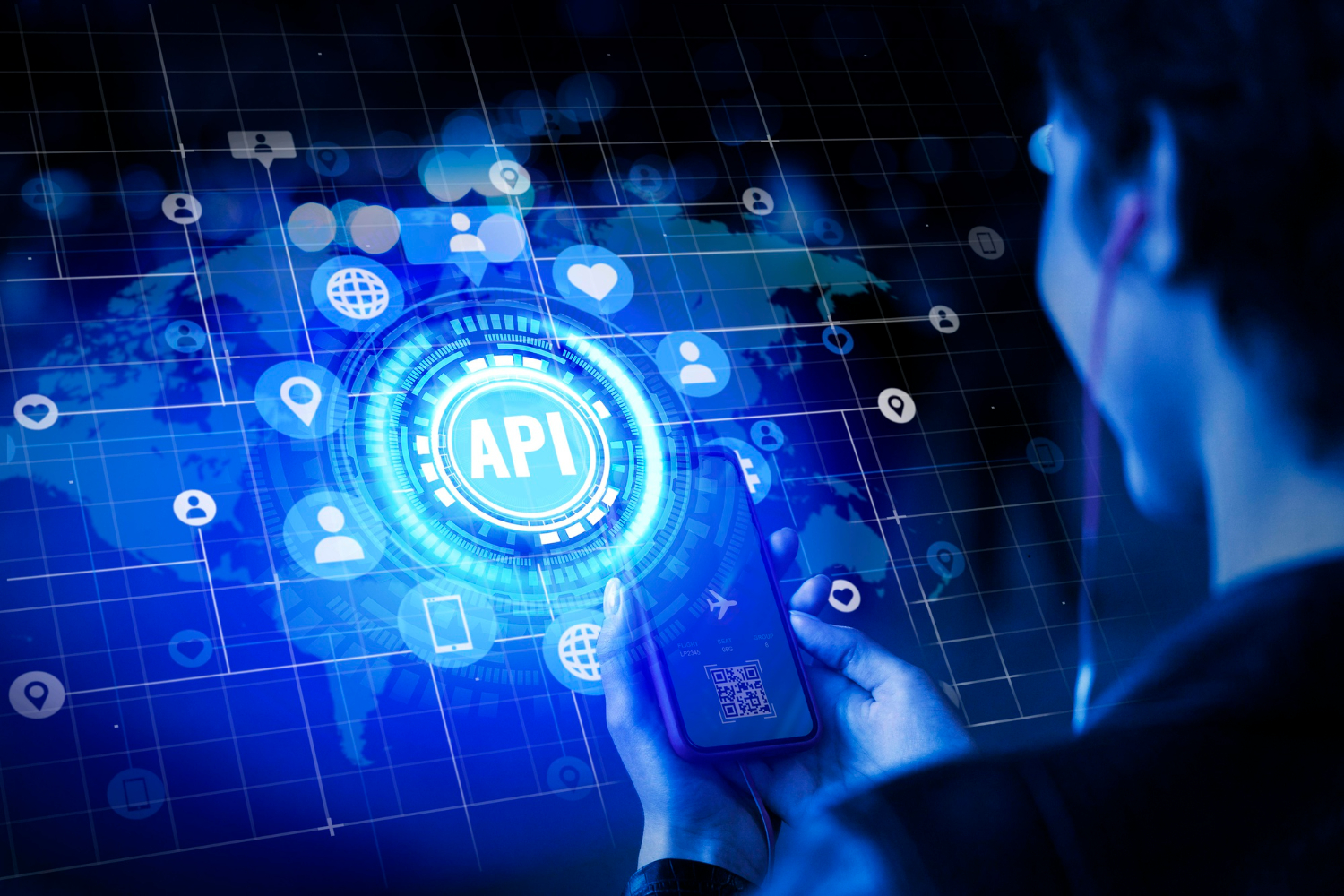

Updated:
October 24, 2025
Published:
October 24, 2025
Frontend vs. backend - What's the difference?
Every modern website or app is based on two central components: frontend and backend. These two areas form the technical foundation of every digital application and determine how content is presented, data processed and functions implemented. A basic understanding of both sides is crucial for anyone who wants to plan a digital project or implement their own app.
The frontend is the visible part that users experience directly in the browser or on the screen. The backend forms the technical basis in the background, in which data is managed, processes are controlled and CMS systems are connected. There is a close interface between the two areas, through which information is exchanged and processed.
In this article, you will learn which tasks backend and frontend take on, which frameworks are used in modern programming and how both areas work together to create powerful digital solutions.
What is the frontend?
The front end is the visible and interactive part of a website or app, where direct communication between user and application takes place. Everything that visitors see, click or enter is implemented in the frontend. It thus forms the visual interface of a digital product and is decisive for the first impression and usability.
Key technologies include HTML, CSS and Javascript. Modern frameworks such as React, Vue.js or Angular help to design complex structures and dynamically present content. This combination of structure, design and logic turns simple code into a complete program that is intuitive to use.
Front-end developers are working to ensure that web applications load quickly, work on all devices and are visually convincing. You translate design guidelines from UX/UI Design into a graphical user interface and ensure that the user experience remains smooth. Professionally implemented front ends therefore contribute significantly to the success of an application.
What is the backend?
The backend is the invisible part of an application in which all central processes run. This is where data is managed, requests are processed and connections to the server are controlled. As users interact on the frontend, the backend ensures that information is securely stored, processed and re-issued.
Various programming languages and frameworks are used in backend development, including Node.js, Python with Django or Flask, PHP and Java. Depending on the project, Ruby is also used when the requirements for flexibility and structure are particularly high. The database, which stores all user information, from login data to individual content, plays a central role.
Backend developers ensure that backends run stably, are securely set up and work reliably even under heavy loads. They use every available library to expand features, speed up processes, and manage data efficiently. In the app development Decides the choice between Firebase vs. custom backend often about how scalable and powerful a system remains in daily operation.
How do frontend and backend work together?
When developing modern websites and apps, front and back ends are closely linked. Both areas communicate via defined interfaces, usually in the form of an API or special middleware. This connection allows data to be transferred securely and efficiently between the user interface, server and database.
A simple example shows the process: A user fills out a login form in the frontend, and the information entered is sent to the backend via APIs. There, the system checks the data, compares it with the entries in the database and then sends feedback to the front end. Depending on the result, the user sees either account access or an error message.
Implementing such processes requires a basic understanding of information technology and the ability to program interfaces correctly. In daily practice, developers work to ensure that front-end and back-end interact smoothly so that applications remain reliable, secure, and easy to use.
Data flow between frontend, backend and database
user interface (frontend)
↓
API/interface
↓
server (backend)
↓
database
↑
server (backend)
↑
user interface (frontend)
Key differences between backend and frontend
Frontend and backend perform different tasks, but work closely together to fully implement an application. The frontend describes the area that is responsible for presentation and interaction, while the backend controls data processing, security and performance. Information is often retrieved directly from the database in order to provide up-to-date and dynamic content. The following overview shows the most important differences between the two areas in a direct comparison.
rangeFrontendBackendFunctionuser interface, interaction logic, data processingtechnologiesHTML and CSS, JavaScript, ReactNode.js, PHP, Python, SQLfocusDesign and usabilityPerformance and SecuritytargetUser experience functionality
Through a clear separation of tasks, projects in web development can be planned and implemented efficiently. Teams that understand both areas can develop websites and applications that are both technically stable and visually compelling.
Full-stack development — connecting front-end and back-end
Full-stack development describes the approach in which a full-stack developer masters both the frontend and the backend. These professionals understand how to design user interfaces, process data, and connect systems. This allows them to oversee the entire process and create complex web applications that are efficiently structured and easy to expand.
Typical technology combinations are referred to as stacks. The MERN stack (MongoDB, Express, React, Node.js), the MEAN stack (MongoDB, Express, Angular, Node.js) and the LAMP stack (Linux, Apache, MySQL, PHP) are particularly well-known. These combinations cover all levels of an application and provide a stable basis for modern projects.
Full stack development provides significant benefits, especially for companies and start-ups. Teams can implement projects faster, use resources more flexibly and centrally control the entire development process. Especially in early project phases, such as in Cross-platform app development, a full-stack approach ensures short distances and better coordination between design, function and performance.
Frontend vs. backend — Which role is right for you?
If you want to specialize in web development, you can choose between two different areas of focus. The appealing front end focuses on design, creativity and user experience. Front-end developers are concerned with colors, fonts, layouts, and the structure of interfaces. They work to ensure that content is rendered cleanly and that users have an intuitive experience. Anyone who enjoys visual details and direct interaction with the user will find the right environment here.
In contrast, backend developers focus on logic, structure, and processes in the background. They take care of developing the backend, connecting to the database and processing queries. Server-side techniques, complex algorithms and a suitable programming language are used to keep the technical substructure of an application stable.
Both areas each use their own framework and work closely together to ensure that client-side and server-side components function reliably. The choice between frontend and backend depends on whether you want to work visually and creatively or analytically and structurally.
Conclusion: Frontend and Backend Development
Frontend and backend together form the basis of modern digital products. Both areas perform different tasks but complement each other perfectly. While the front-end design the appealing and interactive interface, back-end development in the background ensures logic, security and performance.
The backend describes the technical level on which data is processed and processes are controlled, while the front end creates direct contact with the user. The combination of both areas is crucial for professional results. With the right tools, interfaces can be optimized and processes made efficient so that applications remain stable, user-friendly and future-proof.


Zwischen Agenturalltag und Startup - unser Blog
In unserem Blog teilen wir Tipps rund um das Thema Appentwicklung, Startups und einige verrückte Geschichten aus unserem Agenturalltag mit euch.
Book yours free Video call
Do you want to talk to our team about your project and just hear what we could do for you? Then simply book a free video call with us now!







.gif)
